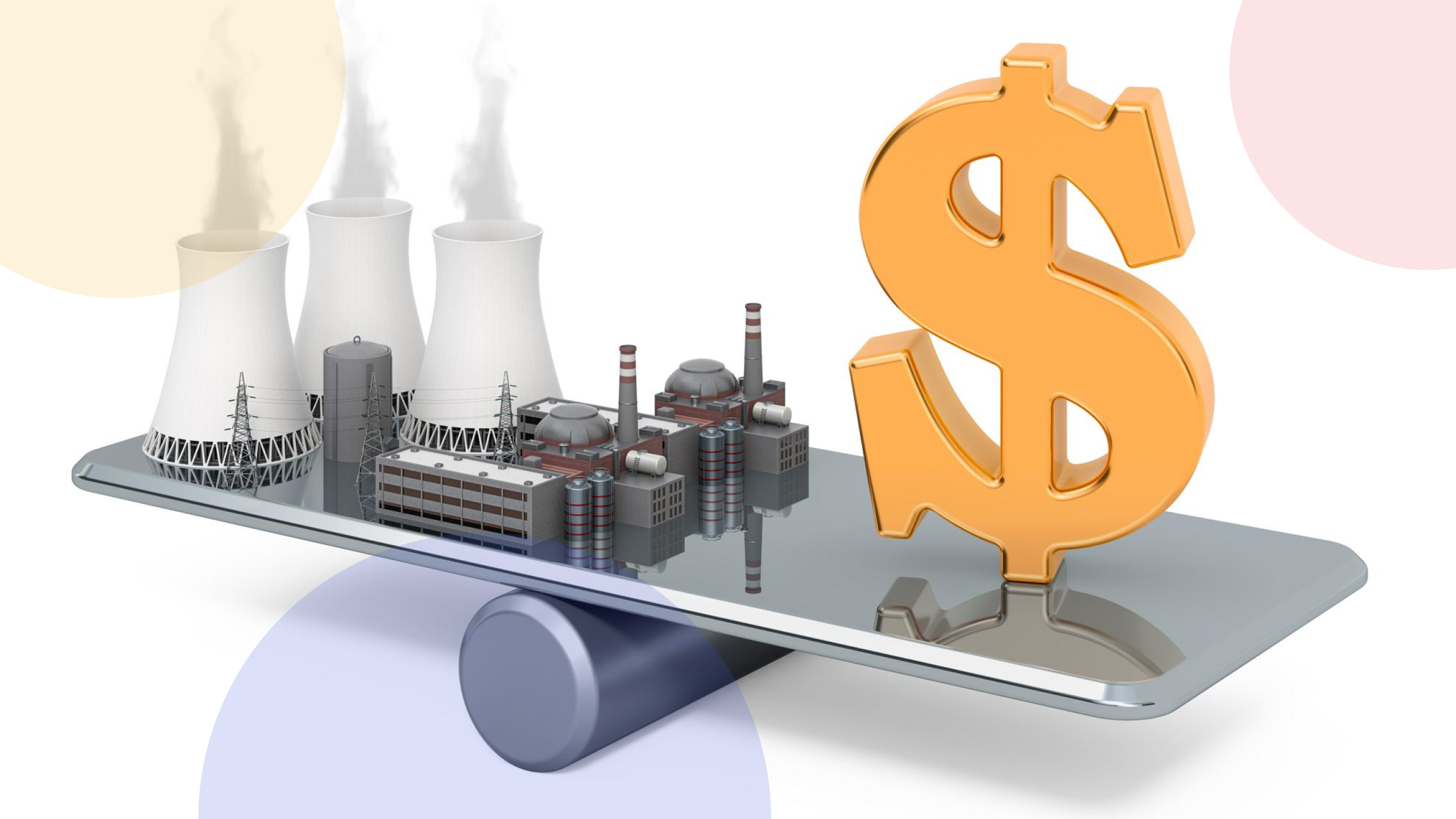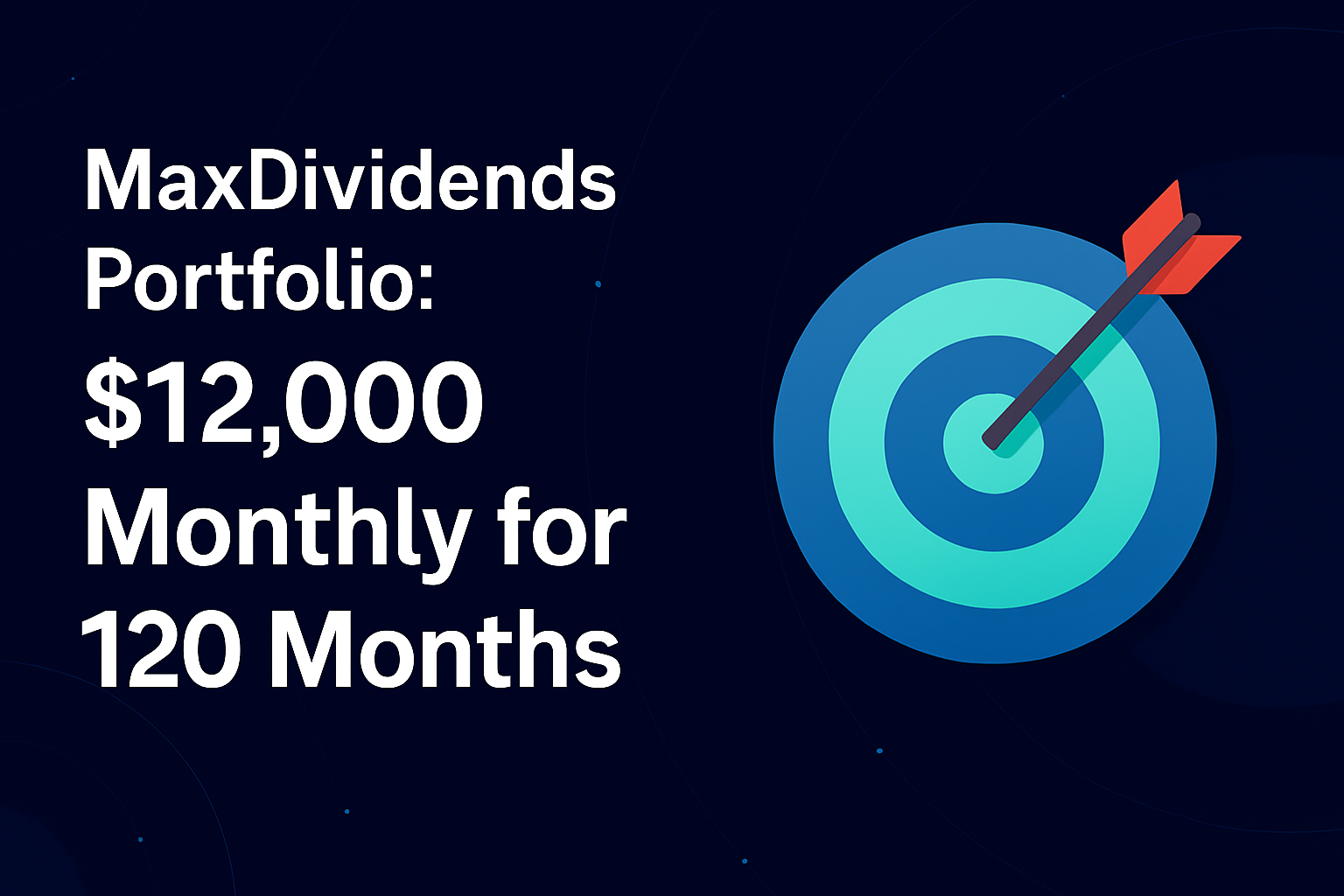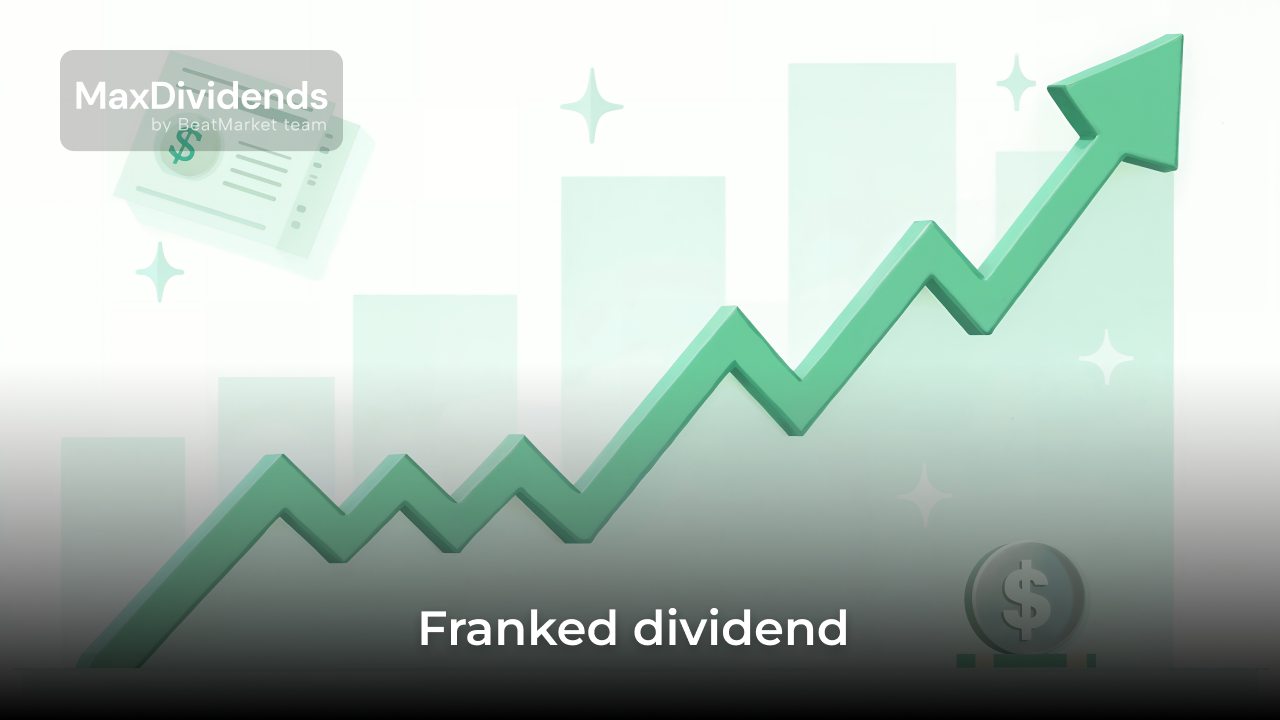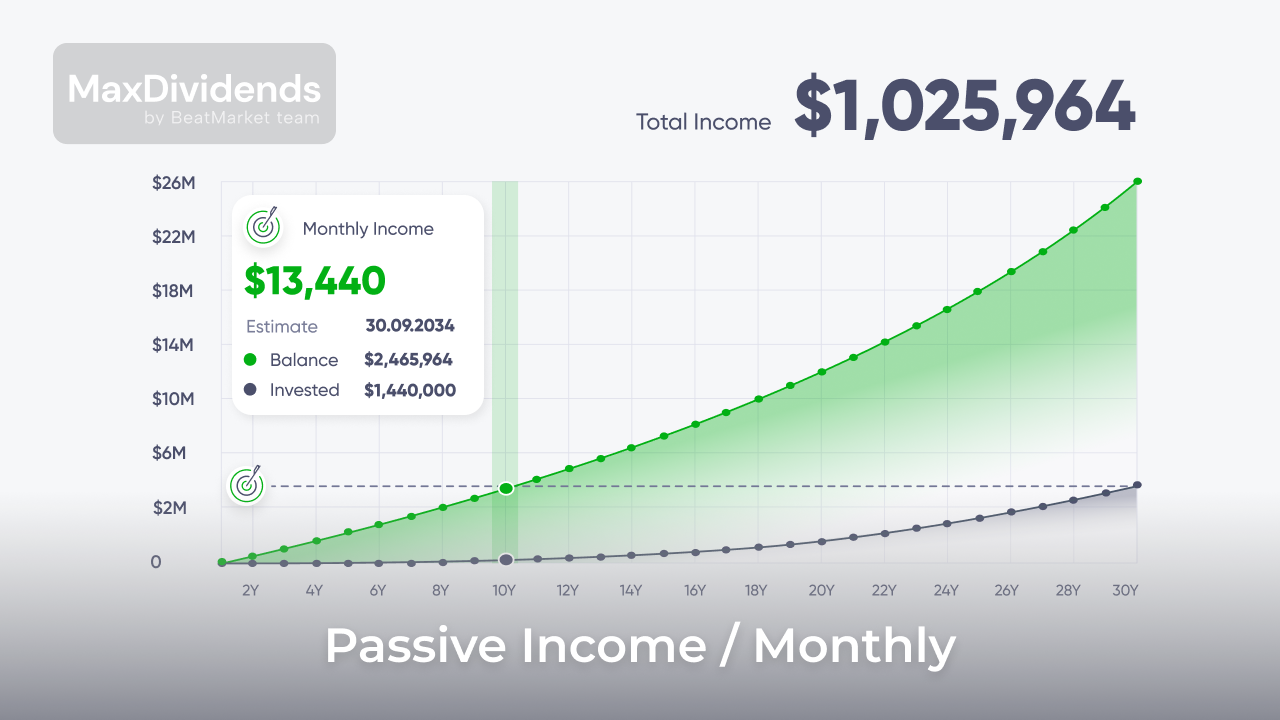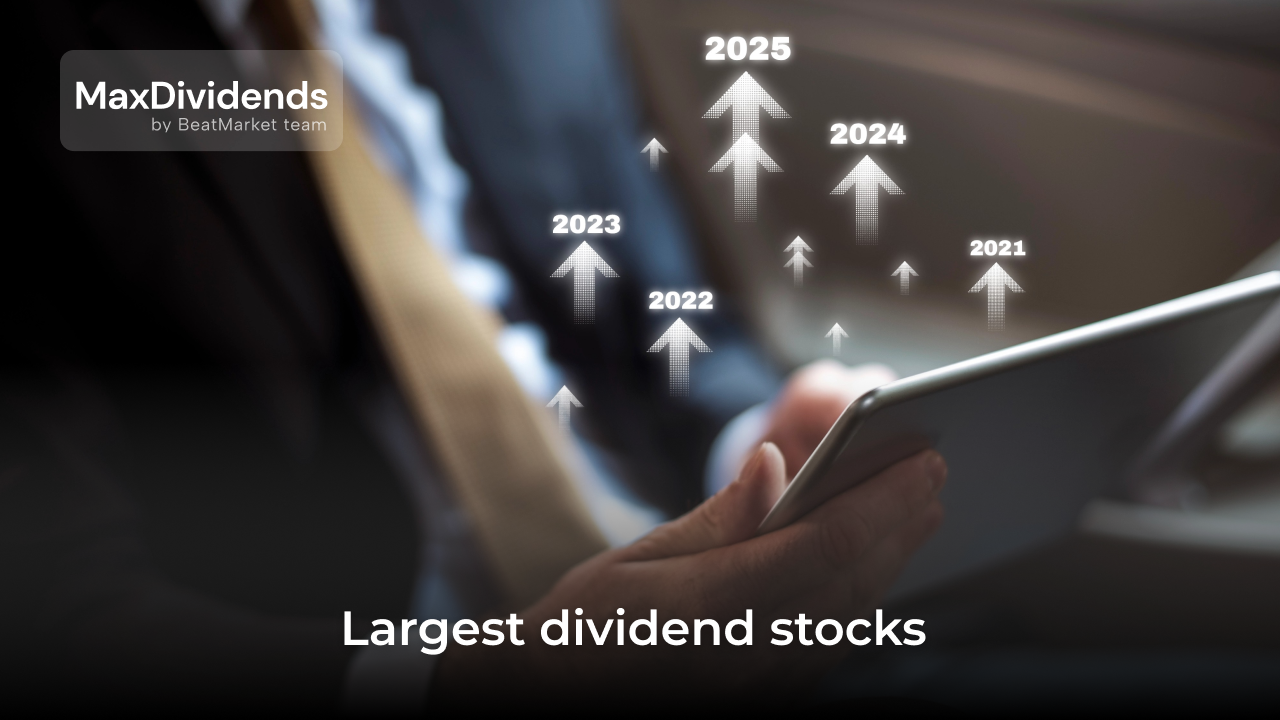Commodities are financial instruments that are used to generate profit. In this respect, they are no different from stocks and other securities. There are more than 100 types of commodities that traders work with. The main requirements for them are high demand and unified characteristics.
We will tell you about the ways to help you make money on this type of asset. We will also consider in detail why it is risky to invest in commodities.
Table of Contents
What are Commodity Investments?
Commodities are defined as the only items that can be interchangeable. That is, the user is not concerned about the origin of the product. They are sure that they will receive an object with the required parameters and volume. Items that are difficult to unify, such as diamonds, are not included in this category of investment assets.
The total trade turnover for all types of goods reaches 20% of the total volume of international trade. The most popular types are:
- energy commodities (oil, gas);
- precious and ferrous metals;
- food products (grain, sugar).
When it comes to investments, the physical commodity is not directly involved in transactions. Traders are not interested in the costs of its transportation and storage. There are various financial instruments that allow you to earn on fluctuations in the cost of raw materials or products with no direct purchase.
The main ways of investing in this asset class are:
- company stocks producing a certain product of interest;
- investments in ETFs or mutual funds of the relevant focus;
- commodity futures contracts.
The risks of investing will depend on which route the investor takes.
Stocks
Stocks are one of the traditional asset classes. But when the company produces any commodity, buying its securities can be considered an indirect bet on the growth of the product’s value.
Statistics show that gold miners’ stocks rise in price as gold prices rise. The correlation reaches 90%. The same happens with oil producers as oil prices rise, etc.
This is due to the fact that as the price of production rises, the producer’s margins and net profit increases. Hence, the demand for the company’s stock increases. Investors count on high dividends or want to make a quick profit on the interest in the industry.
But it should be noted that there is no firm dependence between the stock prices of a particular company and the value of the goods it produces. Capitalisation is influenced by many factors. Therefore, by investing in commodity stocks, a person takes on:
- Market risk (i.e. the probability of falling quotations of the selected security due to the financial crisis and other global factors, as well as decreased investor interest).
- Risk typical of a particular business or industry. For example, an oil producing company may face a well accident, a grain producer may experience a crop failure, etc. The risk of bankruptcy of a company due to a financial crisis or other global factors.
- Risks of company bankruptcy caused by ineffective management, etc.
The key risk of falling in value, which is characteristic of any way of commodity investing, remains.
There are advantages to investing in food and raw materials through stocks. The main one is the probability that the producing company will be able to pay dividends even in periods unfavorable for the market. Passive income will help to wait out the drawdown in the value of securities.
The main reason why it is risky to invest in commodities is the volatility of quotations. But when an investor adheres to a long-term strategy, short term fluctuations are not important to them. In this case, investing in stocks instead of buying futures or options will be preferable.
ETFs and Mutual Funds
The main advantage of exchange traded funds (ETFs) and mutual funds is that they make investments more accessible to people with little capital and minimal knowledge.
When it comes to investing in real commodities, funds will have a number of advantages:
- the possibility to choose one particular commodity or bet on a wide range of assets at once;
- high liquidity;
- suitability for a buy-and-hold strategy.
The risks of such an investment are determined by the type of fund chosen. Commodity collective investments can be of several types:
- a fund investing in physical commodities that are placed in its vaults (such funds deal only with precious metals);
- a fund trading commodity futures;
- a fund combining stocks of manufacturing companies.
Funds that invest in stocks of raw materials and commodity producers are not fundamentally different from those that track company indices from other industries. Their main objective is to simplify diversification.
A distinctive feature of funds with physical collateral is high costs for storage, insurance, and transportation of bullion. But at the same time they have 2 important advantages:
- have no traceability error as they directly own the bullion;
- minimize counterparty risks, as the assets they own are no one’s liabilities.
A futures fund does not incur custodial costs. ETFs of this kind are in the majority. Therefore, the investor has a wide choice in terms of underlying assets. The key disadvantage is that such funds most often use an “advance month” strategy and are subject to rolling risk.
Futures trading funds or working directly with commodities may have management fees as high as 1%. This is much higher than those for securities. For example, exchange traded funds that track bond indices usually retain a fee of 0.05-0.2%.
Futures and Derivatives
This is the riskiest way to invest in commodities. The reason for that is that the trader will not be able to “wait it out” when the market goes against their position. Instead, the trader will face a real loss, not a paper one.
The key risk in this way of investing is that the price of the asset will not change as expected. And the presence of leverage increases the trader’s possible losses.
The principle of futures is that the investor concludes a contract that obliges to buy (or sell) a certain asset on a fixed date. For example, a trader buys a futures contract and bets that in a month crude oil will cost $90. When the actual price is higher, they will make a profit. When it is lower, there will be a loss. And both the amount of profit and loss are theoretically unlimited.
The difference between options is that they give the right to make a transaction, but they are not an obligation. For example, a trader bought a call option with a strike price of $90. This option can be canceled when the actual value of the underlying asset is lower. In this case, only the premium paid when buying the option is lost. In this case, the potential profit remains unlimited.
Types of Commodities Risk
Let us consider the main risks associated with commodities trading.
Drawdowns
There is a risk of losing the initial investment in case of a decline in the value of the asset. Still, it is relevant when the investor was betting on price growth. I.e. invested in stocks of producers or bought futures and call options.
One of the advantages of futures contracts on commodities and put options is that they allow you to make money on falling prices.
With few exceptions, the commodity price is extremely volatile. Therefore, no matter which direction an investor bets on, they might find that the market goes against their position.
Leverage
This type of risk occurs when trading futures. They use leverage by default. To buy a contract, it is enough to deposit a small part of its real value. The latter can often exceed the investor’s deposit.
At the same time, the profit or loss from a transaction with a futures contract is calculated not from the deposited security, but from the full value. Therefore, small price fluctuations can cause significant damage to the trader’s financial position and even lead to a margin call.
Buying options also involves leverage. But the risk is limited to the premium paid.
Liquidity
An investor may find it necessary to close out a position in a previously purchased contract. For example, to avoid the execution of a deliverable futures contract or to reduce a loss when the price goes against their expectations.
To do this, it is necessary to execute a reverse trade:
- sell a futures contract when a bet was made on the price growth;
- buy a futures contract when the trader initially expected the price falling.
At this point, the risk of liquidity shortage may be realized. It is relevant not only for futures, but also for options. When using a derivative which is not a popular one, there is a possibility that the investor will not find a counterparty for the transaction needed by him. The exchange cup will be empty.
How to Mitigate Investment Risk
Investing in commodities is riskier than investing in other asset classes. But the same rules for reducing overall portfolio volatility and assessing potential losses that investors learn when investing in stocks apply.
Diversifying Commodities Risks
The commodity market should not be the only place for an investor to work. It is usually used for portfolio diversification only. The main purpose of adding this asset class to your strategy is to protect against inflation.
Also, you should not limit yourself to one type of commodity. Traditional expert recommendations suggest adding only gold to the portfolio. But the current situation requires some new solutions. For example, there are ETFs that track an index of combinations of exchange traded commodities (14 positions or more).
Backtest
There are many stock market simulators that allow you to test the effectiveness of trading strategies based on past performance. An alternative is to use a demo account.
Here are some examples of services that will help you hone your strategy for making money on commodities markets:
- smartglobaltrading.com;
- commoditychallenge.com;
- strategy simulator by the Chicago Mercantile Exchange.
It should be remembered that the simulator allows you to build a strategy only from a mathematical point of view. When an investor starts trading with real money, they will encounter psychological difficulties that they did not take into account earlier.
Visualize The Risk/Reward Ratio
One of the classic trading rules is not to open a deal when the potential profit does not exceed the possible loss by at least 2 times. Some experts call the minimum acceptable risk/profit ratio 1:3.
When it comes to long-term investments, this does not save the investor from analyzing the possible risk. It is necessary to study historical data and find out what maximum drawdown was shown by the quotes of the asset.
It is essential to “try it on” to your deposit and decide whether such a risk is acceptable. For example, the maximum drawdown of gold quotations during the year reached 30% ( in the period of the 2008 crisis). When an investor puts $1000 into this asset, they should theoretically be ready to lose $300 of it. When margin trading is used, the loss will be even greater. For example, with a leverage of 3:1, the loss can reach $900.
Such a drawdown did not happen in one day, of course. But gold is one of the least volatile commodities. Therefore, before opening a deal, it is necessary to think over when the position will be closed. Both in case of growth and falling of quotations. This will protect you from emotional decisions.
Investment Strategies
Most often, people who are new to trading commodity or food futures are advised to follow the crowd. This strategy can benefit from stability and simplify risk management.
The following tools are used to determine market sentiment:
- trend lines;
- support and resistance levels;
- indicators (volume, moving averages, etc.).
Those who are new to the market can turn to commodity trading advisors for assistance in building a strategy. These are individuals or investment firms that meet qualification requirements and are registered with the National Futures Association. They can provide advice on trading futures and options, as well as OTC contracts.
FAQ
What are the risks of commodity stocks?
First of all, there is the risk of falling demand for raw materials produced by the company. This will lead to a decrease in its quotations, and as a consequence, to a decline of the company’s revenues and profits. As a result, the amount of dividends may decrease, debt may grow, etc. But most importantly, the company’s stock prices will fall.
Other risks, the realization of which may lead to such a situation, include problems at production facilities, disruption of the logistics supply chain, loss of sales markets, etc.
What is commodities’ main risk?
The main risk associated with such investments is market price risk. This is relevant both in commodity futures markets and for investors who prefer producer stocks or commodity ETFs.
Are commodities a good investment?
Yes. Volatility does not always play against the investor. During inflation periods, the value of raw materials rises. Such a moment can be used to make money on this asset class. At the same time, quotations start to fall when recession and other negative factors are expected. Therefore, it is necessary to have a good understanding of commodity markets, so that investing does not become like a casino game.

